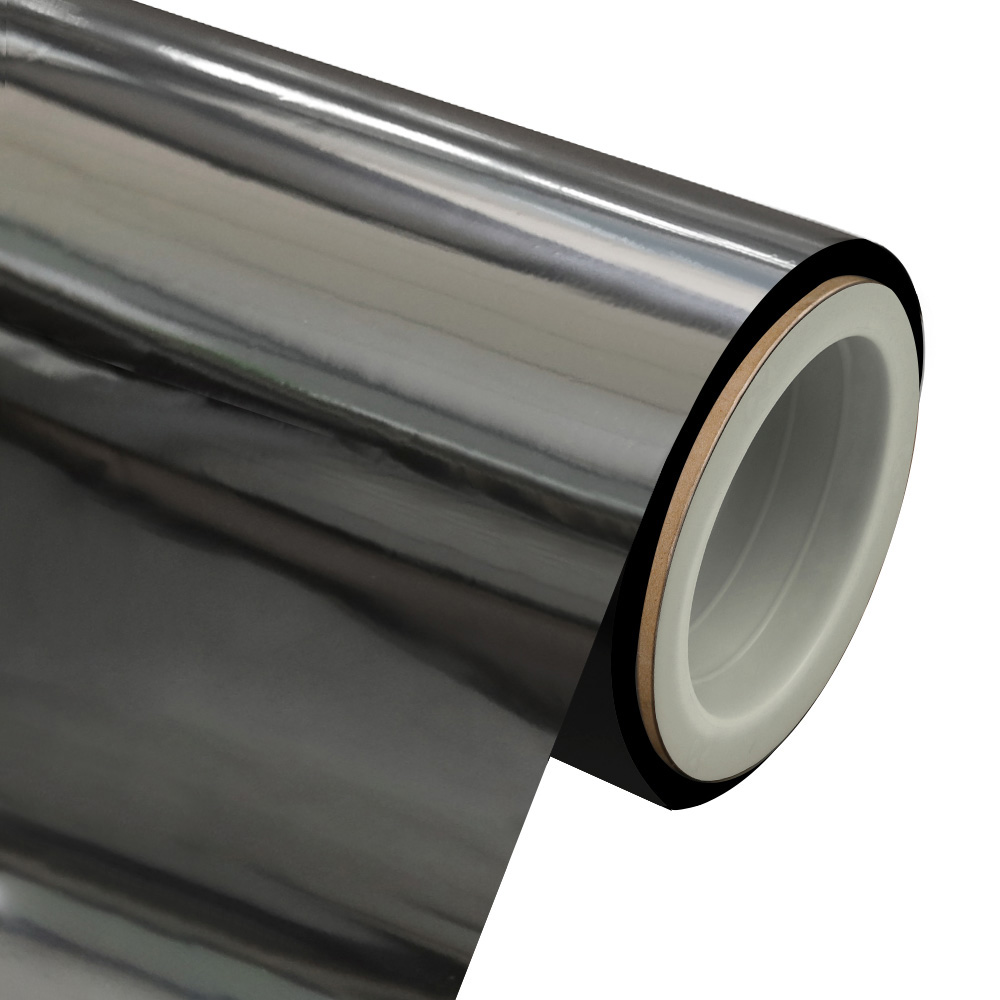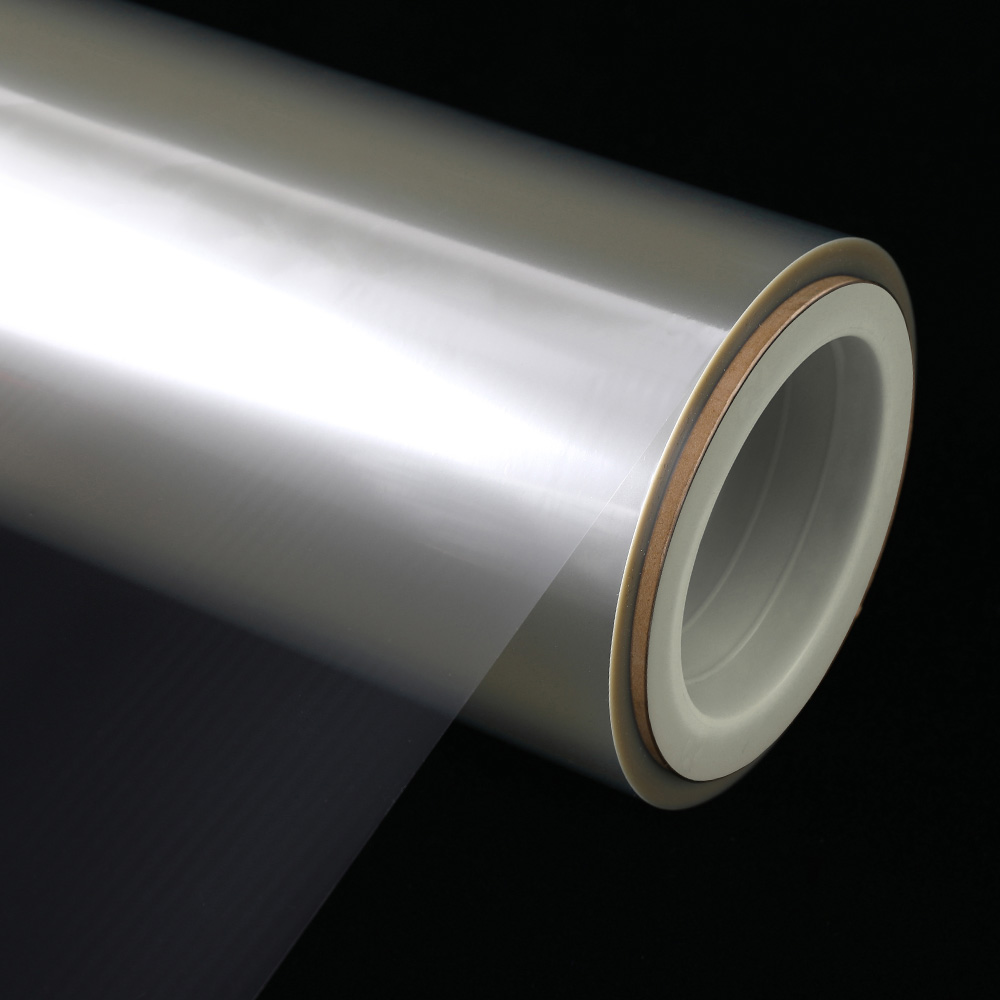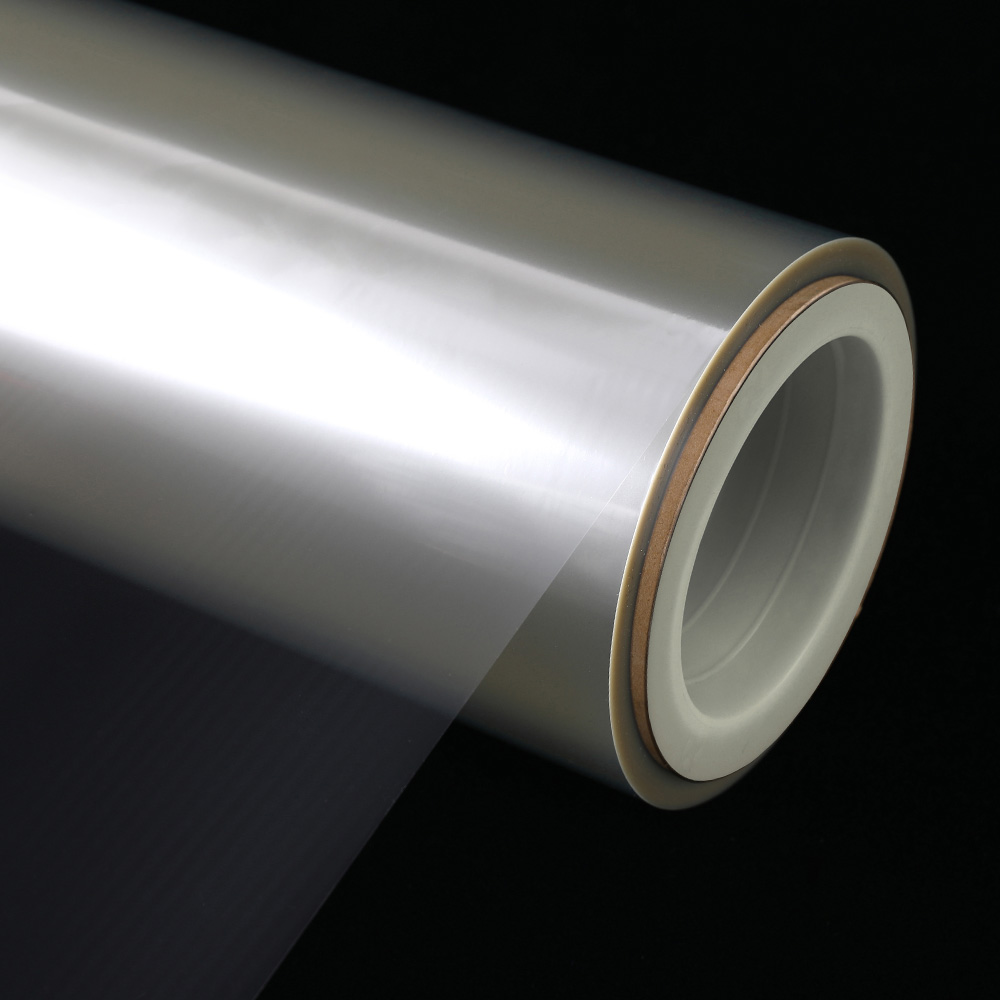How to precisely control the barrier layer of BOPP film by vacuum coating parameters?
The excellent barrier performance of heat-sealable metallized BOPP film is essentially derived from the extreme control of the behavior of microscopic substances by the vacuum coating process. In the process of transformation from metal target to nano-level barrier layer, every slight change in process parameters directly affects the microstructure and protective performance of the metal layer. This deep coordination and precise control of key factors such as vacuum degree, evaporation rate, and deposition time constitute the core of building a high-performance barrier layer. As the basic environmental parameter for atomic transmission, the control of vacuum degree directly determines whether metal atoms can successfully reach the BOPP substrate. In a high vacuum environment, the density of gas molecules is extremely low, so metal atoms can reduce collision interference with gas molecules and migrate at high speed in a nearly straight trajectory. The higher the vacuum degree, the better: too high a vacuum degree will weaken the "guiding" effect of gas molecules on metal atoms, resulting in the dispersion of atomic deposition areas and difficulty in forming a uniform film layer; if the vacuum degree is too low, atoms will collide frequently during transmission, and the motion trajectory will be scattered, which will not only reduce the deposition efficiency, but also may cause metal atoms to form discontinuous island structures on the BOPP surface. Therefore, according to the characteristics of metal materials and equipment performance, the vacuum degree needs to be maintained in a specific range so that metal atoms can maintain efficient transmission and orderly deposition on the substrate surface. As the core variable affecting the microstructure of the metal layer, the evaporation rate forms a delicate balance with the atomic diffusion process. When the evaporation rate is too fast, a large number of metal atoms arrive at the BOPP surface per unit time, and the atoms do not have time to fully diffuse and accumulate with each other, forming a loose and porous columnar structure. These pores are like molecular-level permeation channels, which greatly weaken the barrier properties of the film and allow small molecules such as oxygen and water vapor to easily penetrate. On the contrary, although a slow evaporation rate can ensure full diffusion of atoms, it will extend the production cycle and increase energy consumption costs. The ideal evaporation rate needs to be optimized in coordination with the substrate temperature: moderately increasing the substrate temperature can enhance the surface diffusion capacity of atoms and promote the formation of a dense and continuous film layer; but if the temperature is too high, the BOPP substrate may soften and deform, and at the same time aggravate the desorption of atoms, affecting the deposition effect. Precise control of the deposition time determines the final thickness and integrity of the metal layer. In theory, extending the deposition time can increase the thickness of the metal layer and improve the barrier performance, but in actual operation, the comprehensive performance of the film must be taken into account. An overly thick metal layer not only increases the material cost, but also reduces the flexibility and transparency of the film, affecting the subsequent heat sealing and printing processes. More importantly, during the long deposition process, the impact of process fluctuations will be amplified, and even a small parameter drift may lead to local uneven thickness or pinhole defects. Therefore, it is necessary to use online monitoring technology to feedback the metal layer thickness data in real time, and dynamically adjust the deposition time in combination with preset standards to ensure that the mechanical properties and processing applicability of the film are maintained while achieving the best barrier performance. There is a complex coupling relationship between the various process parameters. For example, when adjusting the evaporation rate, the vacuum degree needs to be optimized simultaneously to ensure the atomic transmission efficiency; changing the deposition time requires re-evaluation of the matching of the substrate temperature and the evaporation rate. This coordinated regulation of parameters needs to be based on a deep understanding of material properties and equipment performance. Only through the accumulation of a large amount of experimental data and optimization of process models can the best parameter combination be found. Advanced production equipment uses an automated control system to monitor and dynamically adjust various parameters in real time to form a closed-loop feedback mechanism to ensure stable process output between different production batches. The vacuum coating process of heat-sealable metallized BOPP film is a model of deep integration of material science, physical chemistry and engineering technology. Through precise control of parameters such as vacuum degree, evaporation rate, deposition time, etc., the behavior of metal atoms can be precisely controlled, thereby building a continuous, dense and high-performance barrier layer on the surface of the BOPP substrate.


 English
English  中文简体
中文简体 





